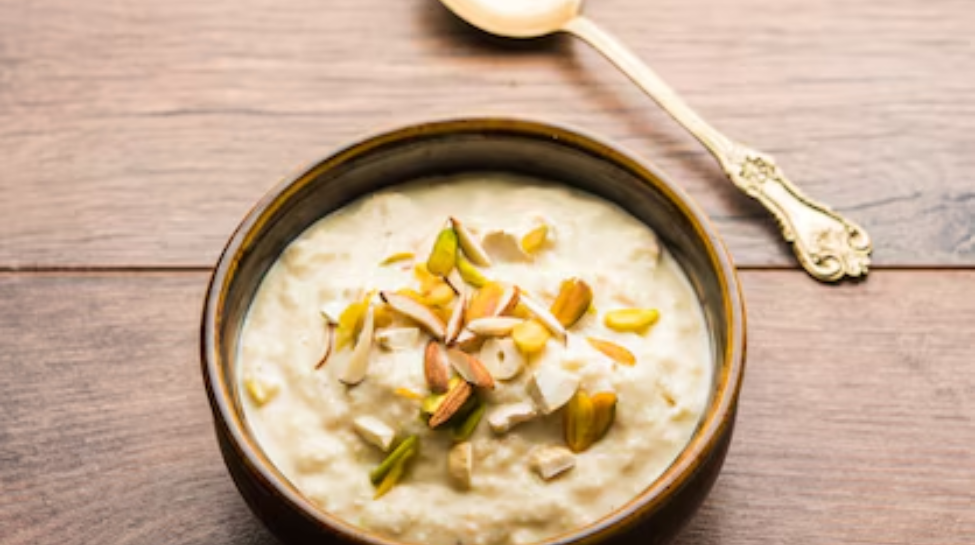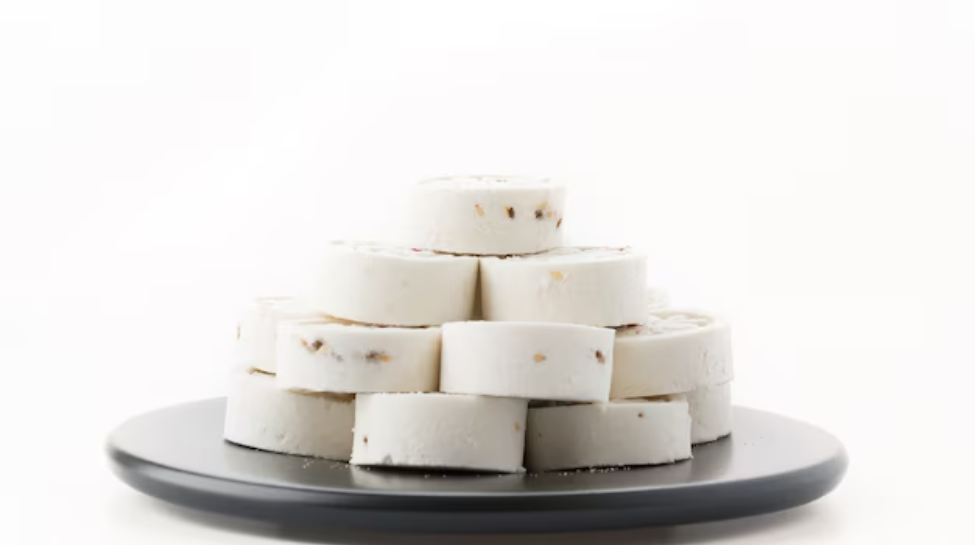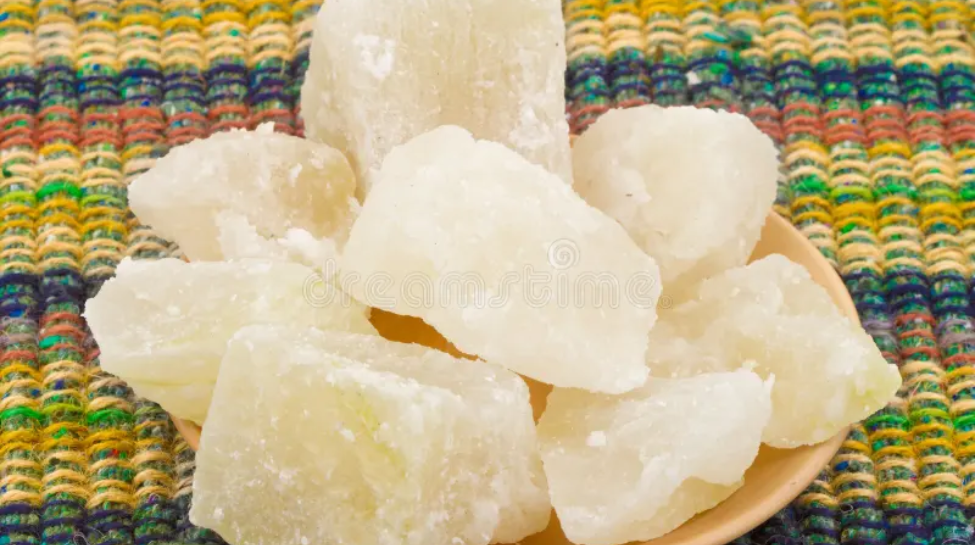7 Iconic Indian Sweets & Their Unique Stories
Indian sweets are more than just desserts; they are cultural treasures, each holding a unique story and a cherished place in the hearts of millions. Passed down through generations, these iconic treats reflect India's rich history, diverse traditions, and the joy of celebrations. Let’s explore the fascinating origins of seven beloved Indian sweets and what makes them so special.
Gulab Jamun

Derived from Persia, Gulab Jamun combines the Persian words "gol" (flower) and "ab" (water), referring to its fragrant rosewater syrup. Introduced to India by the Mughals, these deep-fried dough balls soaked in syrup represent joy and indulgence, making them a staple at weddings and festivals like Diwali and Holi.
Jalebi
)
This spiral-shaped delight traces its roots to Persia, where it was called "Zolbiya." Made by frying fermented batter and immersing it in sugar syrup, Jalebi’s sweet crunch and vibrant hue symbolize the sweetness of life’s celebrations, often enjoyed during festive mornings.
Mysore Pak
)
Hailing from Mysore, Karnataka, this royal creation was first made by chef Kakasura Madappa for King Krishna Raja Wadeyar in the 19th century. Using only gram flour, ghee, and sugar, Mysore Pak’s rich, melt-in-the-mouth texture has made it a festive essential in South India.
Rasgulla
)
A soft and spongy dessert made from chenna (cottage cheese), Rasgulla originated in Odisha. Legend has it that it was first offered to Goddess Lakshmi during the Rath Yatra festival. This cherished sweet is a symbol of hospitality and is a favorite during Durga Puja and Holi.
Kheer
)
A symbol of prosperity, Kheer is a creamy rice pudding prepared with milk, sugar, and aromatic spices like cardamom and saffron. Served during festivals, ceremonies, and family celebrations, its comforting flavor has made it a timeless classic across Indian homes.
Barfi
)
With its dense texture and endless flavor variations, Barfi gets its name from the Persian word "barf," meaning snow. Traditionally prepared for royal banquets, Barfi remains a go-to sweet for festivals and special occasions, loved for its simplicity and versatility.
Petha
)
Originating in Agra, this translucent candy made from ash gourd is linked to the Mughal era. Legend has it that Emperor Shah Jahan commissioned Petha to emulate the ethereal beauty of the Taj Mahal. Known for its refreshing flavor, it is a prized treat for both locals and tourists.
Trending Photos



)
)
)
)
)
